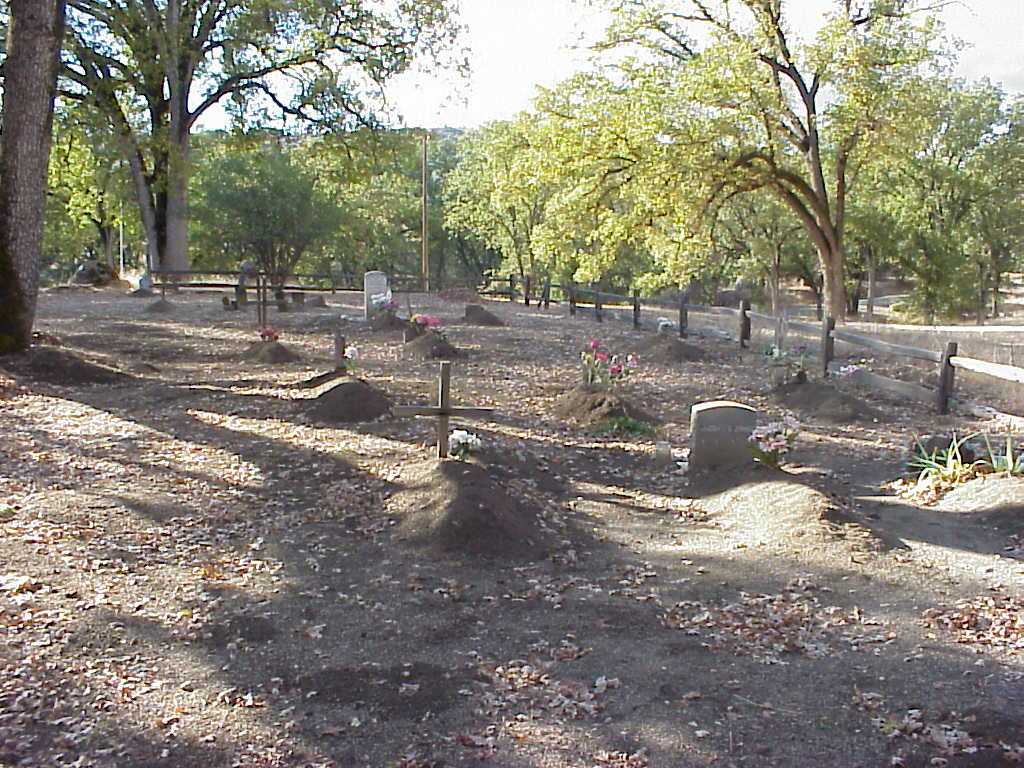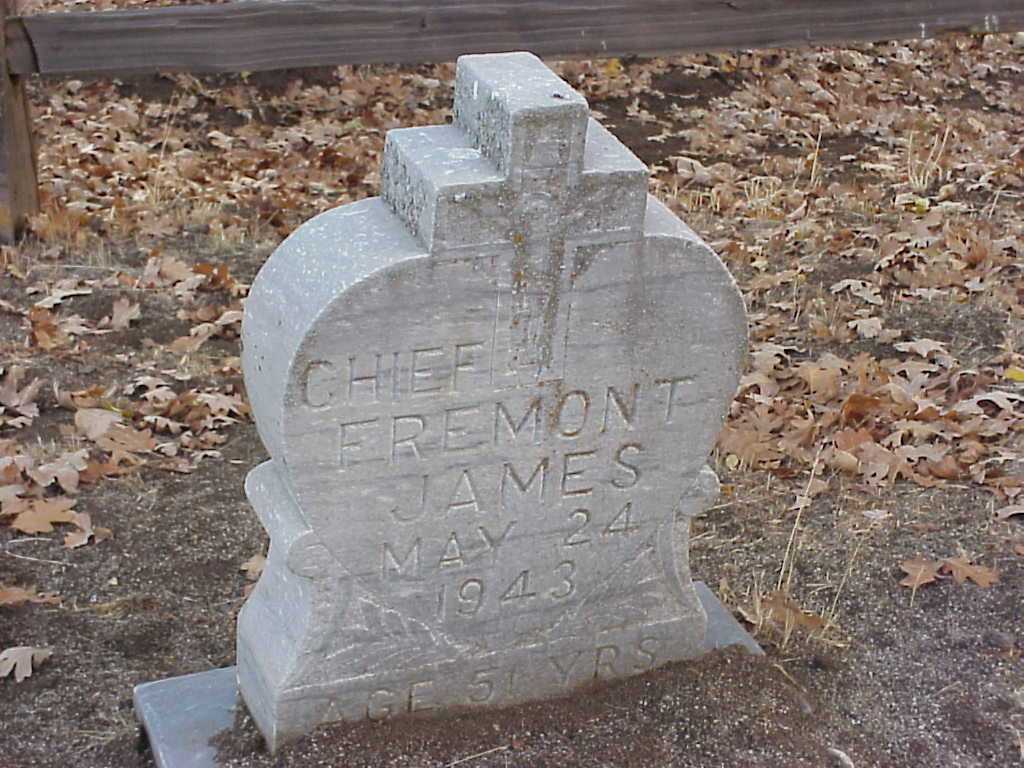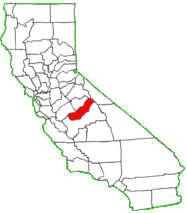|
Miwoks - A Remaining Bit of An Earlier Culture
Madera County has the unique distinction of having within its
boundaries the last Miwok Indian Round House (hangi), which is also variously
called semi-subterranean assembly, dance, or ceremonial house. There is
no assurance that the county will continue to enjoy this distinction as
the wooden building stands in a field of dry grass on private property
which is for sale. It is located about a half-mile north of the Ahwahnee
post office in the Wasuma Valley.
The Round House was built in 1903 to replace one which was burned in
1893. It differs from the historic specifications for such houses in some
details. The following is a description of the traditional house as told
in Barret and Gifford’s Miwok Material Culture:
"The assembly house was for social and ceremonial gatherings. It was
the place where gambling and dancing were conducted. It was never used
as a dwelling or even as a sleeping quarters for the men, except sometimes
when a ceremony was being held in the village.
"A large pit, forty or fifty feet in diameter, was dug to a depth of
three or four feet. Over this was erected a roof in the form of a low cone,
supported by heavy beams. These in turn were supported by means of four
center posts and eight side posts. The edges of the cone rested on the
edge of the pit. This cone was covered with thatch and earth, which made
the roof air and water tight.
"A thatch of brush, topped with Digger or Western Yellow Pine needles,
never Sugar Pine needles, was put on. This was followed by the final covering
of earth. Altogether the roof was a foot and a half or two feet thick.
The opening in the top of the conical roof served as the smoke hole, the
fire being built directly under it. The entrance was on any side." (Some
other authorities say the entrance was always on the east.)
A pit was not dug for the Ahwahnee house. Five-foot upright walls served
the purpose of the pit and supported the cone. Lumber and nails were used
and the roof was covered with shakes.
The house that was burned in 1893 has been described as a work of art
and efficiency put together with great aboriginal skill. The poles were
bound together with rawhide thongs, and the sides and roof were strenthened
with bark and hides which was an improvement over those reported in other
areas.
The house was burned, in accordance with tribal custom, upon the death
of the chief and last Captain that reigned during that era. An estimated
1,500 Miwoks came from all points for many miles around to join in the
ritual. Their chant and the jarring rhythm of their dance could be heard
throughout the valley.
At 3:00 A.M. the torch was put to the Round House and a nearby elaborate
wigwam about one-fifth the size of the house. It is said that this hour
was chosen to escape the prying eyes of unfriendly white people. Upon word
from the new chief, mourning ceased and a gay, friendly meeting of the
tribe followed.
The tribe was inactive for nine years until Captain John Coe Chitta,
arbitrator and peacemaker, beloved to all Indians, rallied support for
construction of a new Round House. Construction started in mid-summer of
1903, and was completed before Christmas for its first roaring fandango
or dance.
The 1903 Round House is 40 feet in diameter. It was constructed of poles
cut and hauled from Captain Jim Rohan’s 80-acre allotment three miles to
the north. Rohan and Johnny Jacobs hauled all the material and directed
the building. Other Indians who worked on it included Chief Peter Westfall,
his sons Johnny and Eff, Jim and Sam Johnson, Charles Rohan, Frank Tex,
Johnny Gibbs and Ben Jacobs. There were many more but their names are forgotten.
Many of the details of the early Miwok culture have been lost due to
the high death rate during the early days of the white man. Those who survived
the disease and wrath of the invader were not always well informed on tribal
customs, or for other reasons failed to carry on the rituals and customs
of their forefathers.
There is an Indian cemetery near the Round House. It also is on private
property. The marble headstones mark the graves of:
Charles J. Rohan,1879-1964,
Banjo Graham, 1884-1963,
Chief Fremont James, 1892
Miwok Culture From: MADERA COUNTY DIAMOND JUBILEE COMMITTEE AND MADERA
COUNTY HISTORICAL SOCIETY, by Charles W. Clough
Note: R. Dandridge points out an error in Clough's article: "The
Indians buried in the cemetery plot were Casson and Chuckchansi Yokuts and NOT
Miwoks." |
 .
.

 ..
..